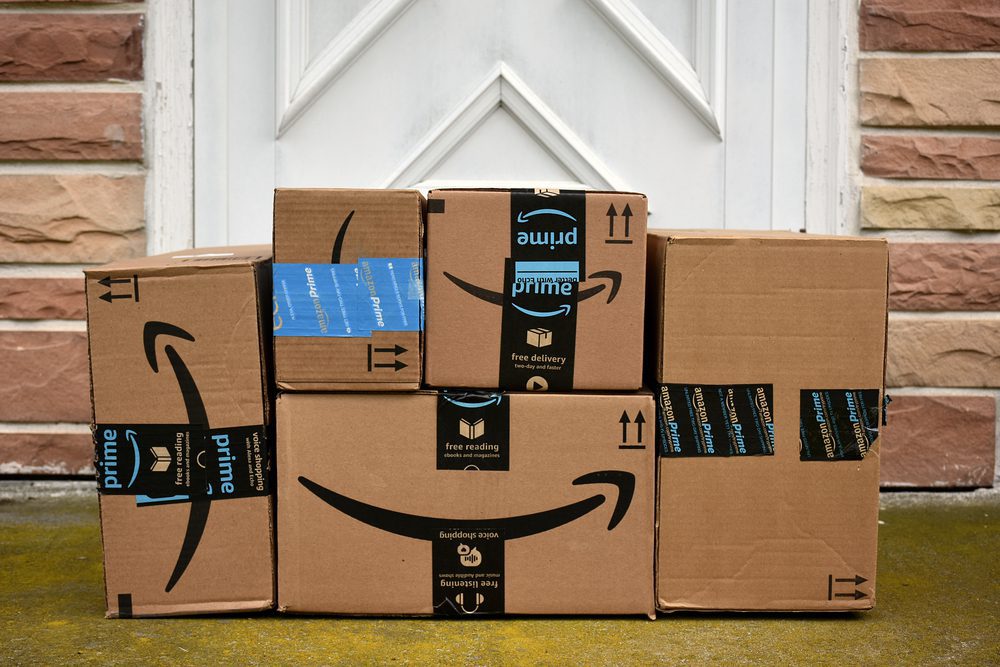
Job cuts and slowing growth aside, Amazon’s payments ubiquity march — reaching well beyond its own platform — continues unabated.
By making Buy With Prime available to a greater swath of merchants in the U.S. — as soon as the end of this month — the company is acknowledging a few things:
First, the direct-to-consumer (D2C) model is gathering steam within eCommerce, and secondly, speedy delivery remains a competitive advantage.
The D2C push is significant. It represents fertile ground to bring the checkout experience, where payments are embedded into a one-click functionality, well beyond Amazon’s digital real estate.
In this way, Amazon continues to solidify and grow its eCommerce share, the fees tied to Amazon Pay (Buy With Prime requires merchants accept payments using the payment solution), and crowds out at least some payments competitors/alternatives.
That’s the long-term strategy.
More immediately, extending the Prime option gives some tailwind to Amazon’s fulfillment and last-mile efforts, which can offset at least some drag to eCommerce growth.
In terms of what is changing with the Tuesday announcement, previously, Buy With Prime was available only to merchants that had also been using Fulfillment by Amazon to handle logistics and shipping — and on an invitation-only basis.
On the customer-facing side of the equation, Prime members can make their purchases on non-Amazon sites and opt to use the Reviews From Amazon feature. That feature allows Prime-designated merchants to display the reviews on their own eCommerce storefronts.
Importantly — and this is where the last-mile, logistics and possibility of ancillary revenue streams come in — with the Prime functionality in place, shoppers can choose one-to-two-day shipping.
On the merchant side of the house, Amazon promises that having those attributes in place and the Buy With Prime badge on the merchants’ sites can boost conversion by 25% — in a D2C, streamlined payment/checkout experience.
Growing Importance of Third-Party Seller Services
At this writing, the mechanics of what Amazon will charge for the service have not been disclosed, and the money it makes here would be tied to the fulfillment, storage and handling of inventory. The growing importance of the third-party selling efforts is apparent in the company’s latest third-quarter results, where the revenue contribution was $28.7 billion, up 23% year on year, excluding foreign exchange impact.
That growth rate has accelerated markedly from 9% at the beginning of the year. Incidentally, the company’s latest financials also detail that fulfillment and shipping costs have held somewhat steady, implying that this segment’s operating margins would be on the upswing.
We note these smaller merchants are increasingly important to Amazon. At the end of last year, Amazon said that small businesses sold nearly half a billion items in the U.S. alone, as the company’s third-party selling partners now account for nearly 60% of total sales.
The broader push today to widen/bundle the logistics services for the merchants also winds up being a way to take at least some share away from the likes of UPS and FedEx (and Amazon now has about 50% of shipping volumes in the U.S.) when it comes time to get the packages where they need to go.
It’s an ecosystem approach that uses Buy With Prime as a glue to cement consumer loyalty, and merchant loyalty too. Yes, eCommerce growth, in general, is slowing, but Amazon has been growing its subscription ecosystem.
As has been documented by PYMNTS in past research, there are an estimated 166 million U.S. consumers who are Amazon Prime members, more than double the mass merchant memberships from Costco, Sam’s Club and Walmart.
Near term, it’s a certainty that Amazon’s facing the same headwinds as its peers. But as a hockey great once said, “skate to where the puck is going,” and by leveraging its core (payments and fulfillment) strengths beyond its platform and towards D2C, Amazon’s playing what it likely sees as the long game.